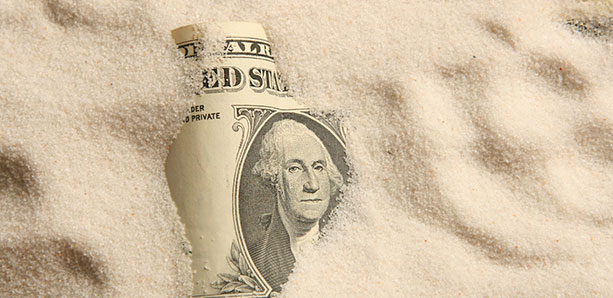Former Congressman Barney Frank is now well-retired from the U.S. House, but his aggressive legislative personality lives on, with fights still erupting over Dodd-Frank—the signature piece of mortgage finance legislation that Frank helped draft to reform the housing market and the entire U.S. economy.
One of the standards drafted — the qualified residential mortgage rule – received a facelift in August when new proposals hit the market, suggesting Dodd-Frank’s 20% downpayment requirement for lenders who want to obtain an exemption from risk-retention requirements is simply too high.
As a result, the August proposal, which is largely endorsed by the mortgage finance space, suggested that a loan already considered a qualified mortgage under the Consumer Financial Protection Agency’s definition can escape risk-retention scrutiny, which essentially tramples over the 20% downpayment requirement Dodd-Frank originally envisioned.
But the debate continues, with writers for The Washington Post unleashing a fury by publishing an editorial that accuses financial regulators of capitulating to the will of bankers. The writers attack the proposed QRM rule change, saying:
Two years ago, federal banking regulators proposed to require a 20 percent down payment as one of the criteria of qualified loans. This was consistent with the intent of Dodd-Frank, and with the economic literature, much of which identifies low equity as a reliable predictor of homeowner default. But the requirement was quite inconsistent with the interests of a wide range of lobbies — from real estate agents to low-income-housing advocates — which protested that the rule would unduly limit access to credit and kill the housing recovery. The groups swarmed the regulators; hundreds of members of Congress from both parties wrote in support of them. And so, in the dog days of August this year, the regulators backed down, offering a revised rule that requires no down payment at all.
The article views the proposed changes as retro and a step backwards. It also raises one of the oldest questions in the industry: does the 20% downpayment requirement really keep a borrower performing or is it something else? At a time when few can save 20% down, the industry fears a virtual freeze-out of many potential homebuyers with such onerous requirements.
The Coalition for Sensible Housing Policy took great offense to the article, publishing a statement that supports solid underwriting in place of bright-line downpayment requirements.
"The housing crisis was not caused by low down payment lending, but rather by lapses and shortcuts in solid underwriting and by the introduction of complex loan products that were too risky for most consumers. The QM rule and re-proposed QRM rule adequately addresses these issues. To suggest that the absence of a large down payment requirement in the rule fails to live up to Dodd-Frank or will lead to higher defaults is ill-informed. While regulators have decided to base the QM and QRM definition on other, reliable indicators of mortgage default, down payments are and will continue to be required by lenders, investors, insurers and guarantors as part of their own underwriting requirements."
The debate over what works is ongoing. Does having 20% down really save a borrower if the borrower loses a job and spends two years unemployed?
In a strong housing market, it may buy the borrower time or give him or her options, but lack of cash flow is a problem long term that equity simply cannot resolve. So from that standpoint, safe mortgage lending is about overall financial viability. Then again, the ability to get skin in the game increases the odds of saving a home, giving the borrower enough equity to play with and preventing underwater status.
Unfortunately, the financial crisis included a myriad of situations — from the unemployed to the underwater and to the borrower troubled by fluctuating interest rates.
What's clear is that the 20% downpayment requirement, while considered a purist's way of ensuring safe lending, gets very little support from the buyer and seller sides of the market and is unlikely to do so when few Americans can easily secure such a downpayment.





